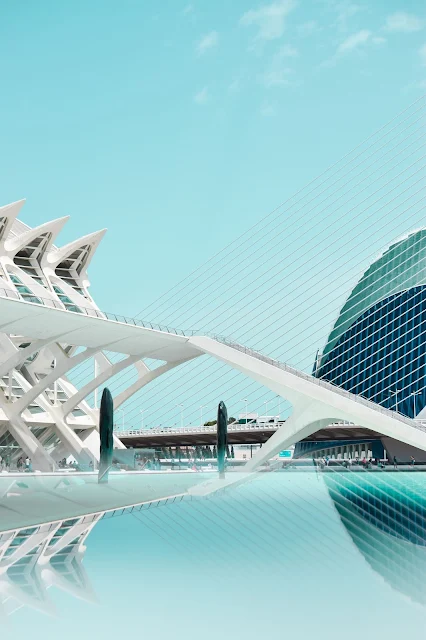NET ZERO CONSTRUCTION
Net zero construction is on the rise for commercial and residential properties. The term “net zero” basically means that the structure can generate the amount of energy as is used. While becoming net zero is ambitious, by understanding the two main components - extreme energy efficiency and renewable energy can help you strive toward the goal.
EXTREME ENERGY EFFICIENT DESIGN
Whether it is a new construction or remodel to an old building, in order to achieve a net zero goal, extreme energy efficiency measures will need to take place.
Nothing will waste energy like drafty doors and windows. Therefore, the single most cost-effective measure you can take to improve energy cost is to air seal the building. Sealing a building means placing an air-tight barrier between the outside of a structure and the inside.
The next step is to insulate the building. In the construction of net zero energy buildings, insulation should be installed on all sides — walls, floors, and ceilings.
Consider a triple-pane glass with a low emissivity coating for the highest thermal performance for doors and windows. Air tight, weatherproofed, energy efficient doors and windows can prevent heat loss in the building by up to 40% over a non-insulated building.
Since one goal of net zero construction is for the building to be airtight, it may be necessary to install an automatic ventilation system. An automatic ventilation system will help control the water vapor and maintain excellent air quality. In addition, to reduce energy loss, install an energy recovery ventilator (ERV) to maximize heating and cooling efficiency. The ventilator exchanges fresh air for the indoor stale air while keeping about 70% to 90% of the heat from the discharged air.
EFFECTIVE USE OF RENEWABLE ENERGY
While an energy efficient design is a vital part of a net zero building, it is not the only part. Renewable energy plays a vital role, as well. So, what is renewable energy?
While fossil fuels, such as — coal, oil, and natural gas, make up for the vast majority of today’s energy production. The problem is when the fossil fuels supplies are depleted; they will be gone forever.
The concept of renewable energy embraces the ability to use the resources we
naturally have, but that we will never run out of. For example, Solar energy is considered a renewable energy.
Solar power is likely to be the most valuable of the renewable energy sources
available because it is plentiful, and it is the least expensive to implement. New buildings can be built that incorporate the concepts as can homes. As well as, an existing building can be modified to use solar power.
While solar panels are the least expensive to implement, it is still quite an investment. However, an investment that can reduce your current electricity expenses and will eventually pay for itself.
Solar panels and collectors will need to be placed where they can receive maximum sunlight usually on a roof. The process of converting sunlight into electricity is known as photovoltaics (PV).
Another option for renewable energy is a wind turbine. Even though, wind turbines can produce a significant more energy than solar and aren’t dependent on sunlight so they have the ability to generate energy 24 hours a day, there is a caveat.
The wind turbines for residential use is about eighty feet tall, plus they need to be placed high above any obstacles that would block the wind. Not to mention, for maximum benefits of wind power, the desired location will need a consistent wind speed of 15 MPH.
CONCLUSION
To achieve net zero in construction, balancing energy efficiency and renewable energy is a great starting point. The more the energy footprint can be minimized, the closer you are to becoming net zero.
_______________
Michael Tobias is the founder and principal of Chicago Engineers. He is a graduate of Georgia Tech class of 2004, with a Bachelor of Mechanical Engineering with honors. His innovative approach to MEP engineering comes from graduating GE’s Engineering Leadership Program, where he designed wind turbines and biofuel power plant engines. Michael’s passion within design is energy efficiency and green technology.








